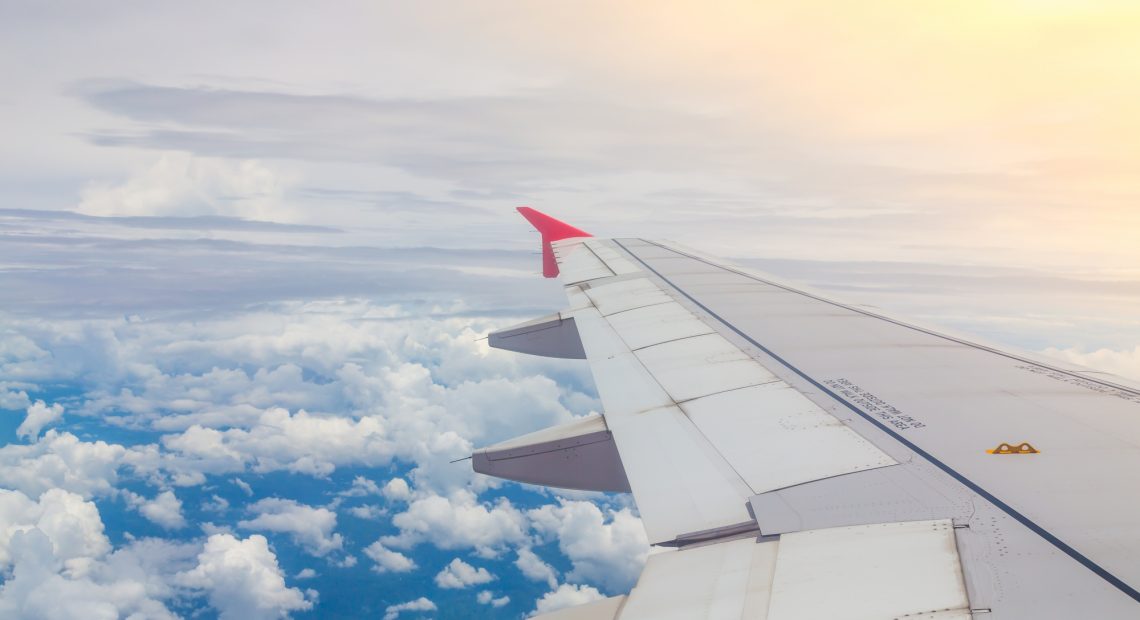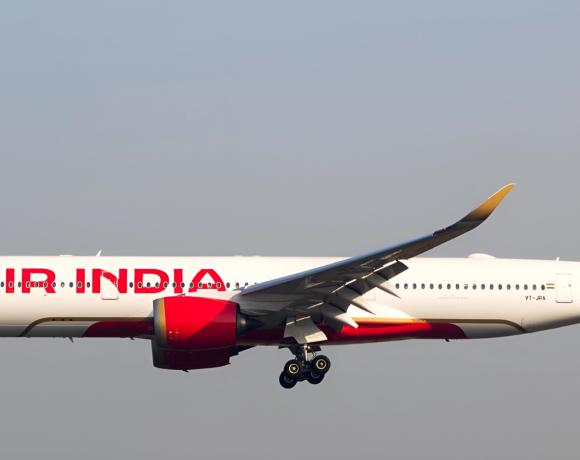
Engine Checks Show No Issues, AI Dreamliner Crash Probe Ongoing Meta Keywords
Following the tragic crash of Air India flight AI-171 near Ahmedabad, early findings indicate that the Boeing 787-8 Dreamliner involved had no reported issues with its engines before departure. The aircraft, registered as VT-ANB, was bound for London Gatwick when it went down shortly after takeoff, resulting in the loss of more than 270 lives.
Top airline executives have clarified that the aircraft was in optimal condition ahead of the flight. Air India CEO Campbell Wilson stated that the aircraft had undergone thorough maintenance checks, with the right engine overhauled in March 2025 and the left engine inspected in April 2025. “Regularly monitored and showed no issues before the flight,” Wilson emphasized, underlining that no abnormalities had been recorded in its pre-flight systems.
Engine Maintenance
Air India Chairperson N. Chandrasekaran reaffirmed that both the aircraft and engines had a “clean” service record. He confirmed that one of the engines had recently been installed, and the other had undergone scheduled servicing last year. The aircraft’s last heavy maintenance was in June 2023, and the next was not due until December 2025.
The aircraft crashed moments after takeoff from Ahmedabad, with preliminary reports indicating a sudden loss of thrust. Flight data suggests the Ram Air Turbine (RAT)—a backup system that deploys during total power failure—was activated in mid-air. This detail has heightened concerns of a possible dual-engine shutdown or a severe electrical malfunction during flight.
Dreamliner Crash
A lone passenger miraculously survived the incident, escaping from an emergency exit after the aircraft impacted the ground. The survivor later carried the coffin of his brother, who had also been on the flight, in a poignant moment that has gripped the nation.
Cockpit voice and flight data recorders have been recovered, and officials say a full analysis will take several weeks. Aviation experts from India, the United States, and the United Kingdom are assisting in the investigation. Authorities are exploring several scenarios—including mechanical failure, pilot response, bird strike, and systemic electrical issues.
Black-Box Probe
In a move to prioritize safety, Air India has proactively reduced its international wide-body operations by 15 percent. Safety inspections have already been completed on 26 of its 33 Dreamliners, with the rest undergoing checks. The Directorate General of Civil Aviation (DGCA) has stated that no anomalies have been detected so far and that Air India remains compliant with aviation safety standards.
As investigations continue, efforts are being made to provide support to the victims’ families. A dedicated trust fund is being considered to offer long-term assistance to those affected by the crash. The tragedy marks one of the most devastating aviation incidents in India in recent decades and has triggered a renewed focus on airworthiness and pre-flight system integrity.
While authorities await a full probe outcome, early indications suggest that the aircraft’s mechanical and maintenance history was in order. Investigators now turn to uncovering the root cause behind what appears to be a sudden and catastrophic systems failure.


















